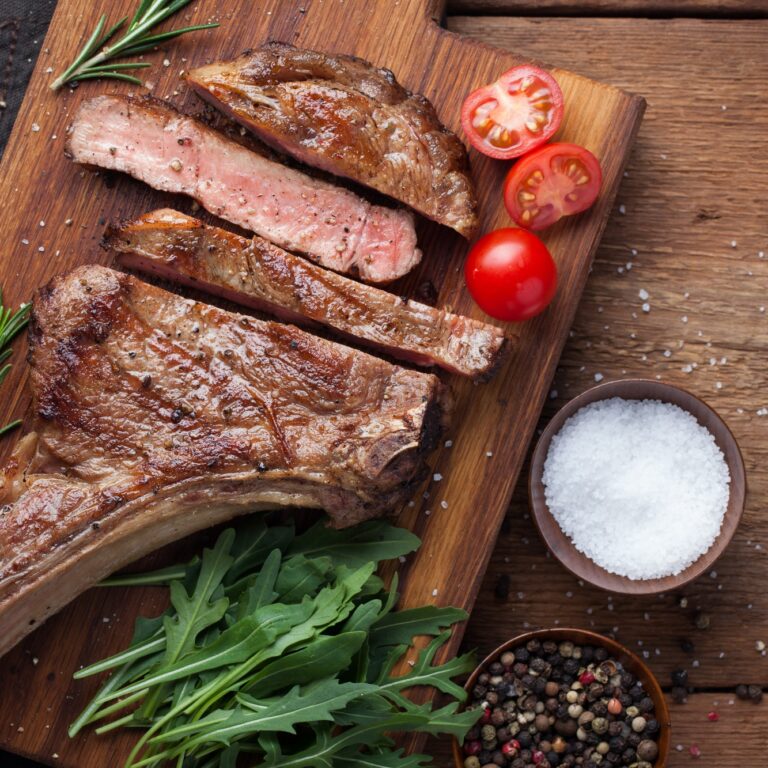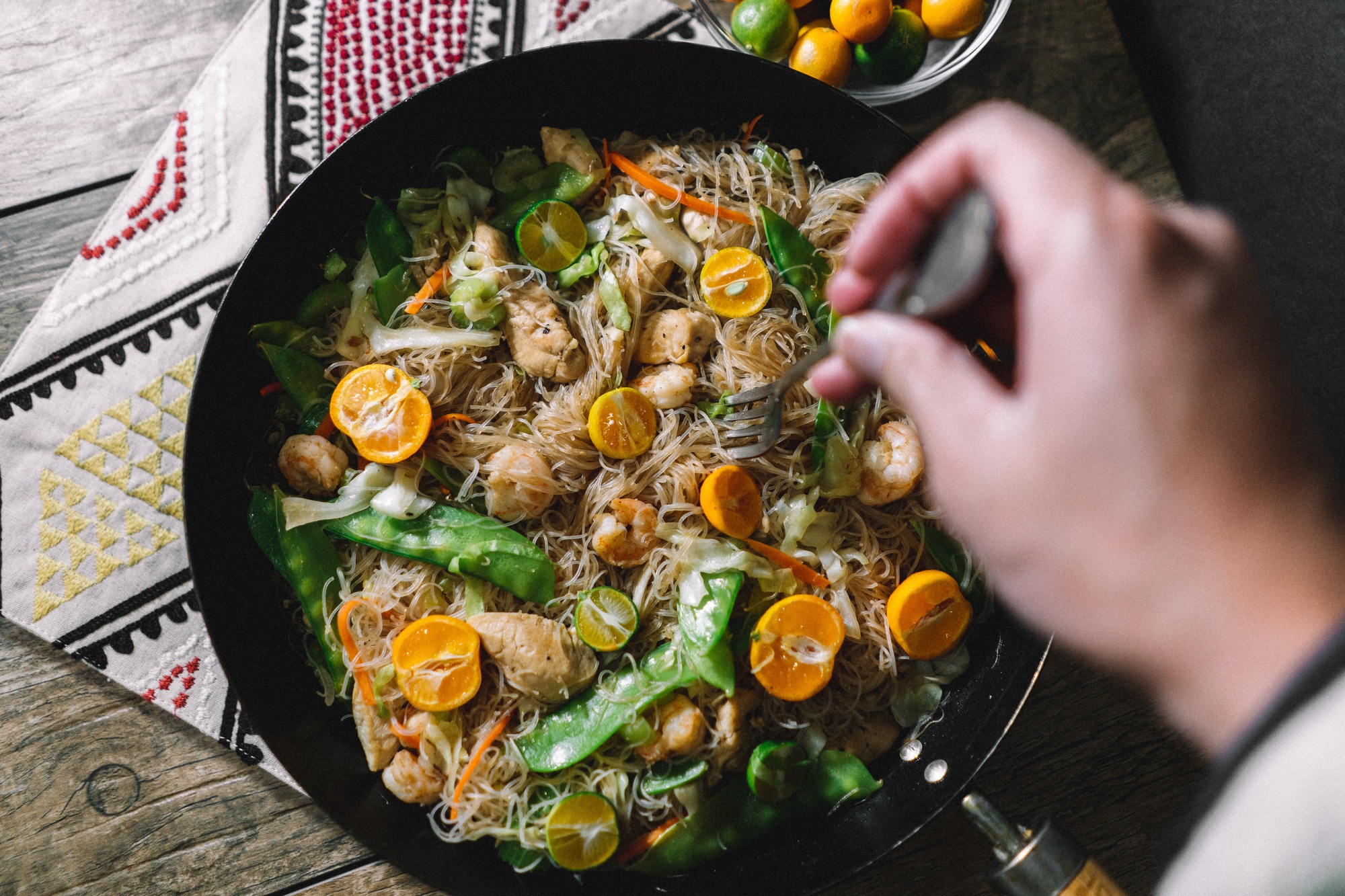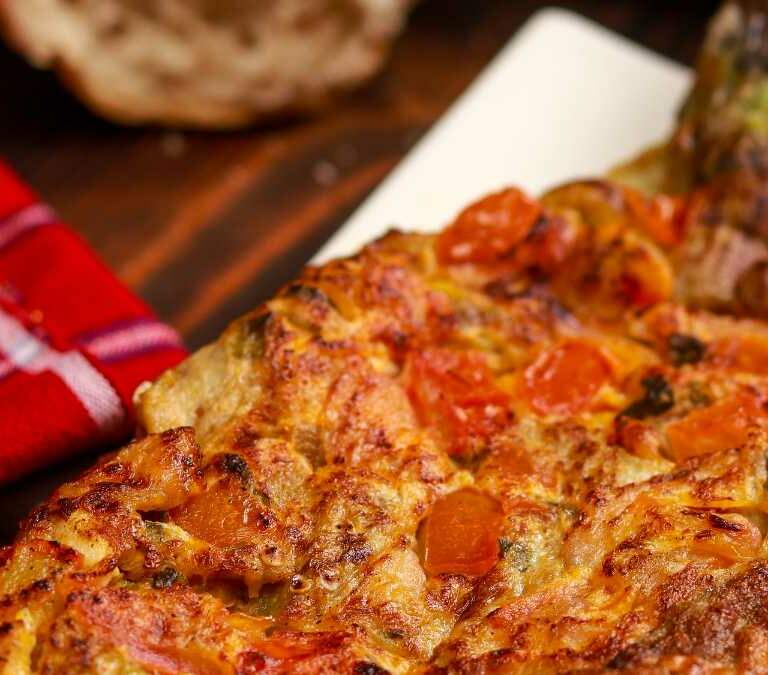
The Secret Ingredients: Sahog and Lahok in Filipino Cooking

A Linguistic and Cultural Exploration of Key Culinary Concepts
Have you ever wondered what makes Filipino food so special? It’s not just the delicious flavors, but also the way we approach cooking itself! Today, I was thinking about two fun Filipino words, “sahog” and “lahok,” that unlock the secrets behind our amazing cuisine.
Remember those afternoons spent in the kitchen with your mom, the intoxicating aroma of sizzling garlic and simmering broth filling the air? It smells so good that you wonder if there is a sprinkle of secret ingredients or “sahog” and “lahok”? And then she’d jokingly answer that it has “sahog ng pagmamahal”?
The Magic of Sahog
Imagine whipping up a pot of kare-kare (peanut stew). You’ve got the rich peanut sauce bubbling away, but it needs a little something extra to transform it into a hearty and satisfying dish. That’s where “sahog” comes in! It refers to any ingredient you add to a dish to take it to the next level, whether it’s protein, vegetables, or something special to elevate the flavor profile.
For your kare-kare, you might include melt-in-your-mouth oxtail for a luxurious protein experience, or perhaps some cubed tripe or pig’s feet for a more traditional touch. Vibrant green beans and leafy vegetables add pops of color, freshness, and essential nutrients, while eggplant or okra provide delightful textural contrast. Don’t forget the bagoong (shrimp paste)! This pungent condiment adds a salty depth of umami flavor that’s uniquely Filipino. Each “sahog” you add is like a special spell, enchanting your kare-kare with its unique character and contributing to the symphony of flavors and textures that awaits your taste buds.
Sahog in the Philippines: Exploring Regional Staples
The beauty of “sahog” lies in its adaptability. Across the Philippine archipelago, different regions boast unique ingredients that become staples in their cuisine. In Pampanga, home to the flavorful sisig (chopped pork face dish), “sahog” might include pig ears or liver, adding a rich, meaty texture. In the Bicol region, we have the chili as a sahog while in the Visayas region, coconut milk becomes a beloved “sahok,” lending creaminess and a touch of sweetness to dishes like “ginataang langka” (jackfruit in coconut milk).
The Art of Lahok
Now, “lahok” (sometimes spelled “lahuk” or “lauk”) takes things a step further. It’s the magic that binds everything together! It’s the act of carefully mixing and incorporating those “sahog” ingredients into your dish, not just stirring them in haphazardly. It’s a thoughtful process, like composing a beautiful melody. You start with the base of your kare-kare – the rich peanut sauce. Then, you gently introduce the oxtail, allowing it to simmer and release its savory goodness into the sauce. Next, come the vegetables, each added in a specific order to ensure they cook evenly without becoming mushy.
The “lahok” process is a beautiful dance where each element enhances the others. The creamy peanut sauce clings to the tender oxtail, the crisp vegetables add a refreshing counterpoint, and then the last addition of bagoong as a side weaves its salty magic throughout. It’s a combination of textures and flavors, and the final product is a kare-kare that’s greater than the sum of its parts.
But this is in the Tagalog context which might have already strayed from its original meaning. After a bit of research, I’ve discovered that “lahok” isn’t even unique to Tagalog. Lahok (or also Lauk) is also found across many Philippine languages, showing widespread appreciation for the concepts. Their linguistic roots also connect to others in the region like Malay, underscoring shared Austronesian ancestry and culinary practices.
A journey through the culinary lexicon of Southeast Asia reveals fascinating interconnections between “gulai,” a cornerstone of Indonesian cuisine, “sahog,” and “lahok/lauk,” each representing a unique yet interconnected aspect of regional cooking traditions. “Gulai,” a type of curry involving a rich mixture of spices and ingredients, embodies the concept of combining diverse elements to create a harmonious dish. (Interesting also because our “gulay” meaning vegetable, is always treated as a side and not a main dish. This aligns closely with the Filipino “sahog,” which refers to ingredients added to enhance a dish, often seen as secondary to the main component, typically rice.
Similarly, “lahok” in the Filipino context, and its linguistic cousin “lauk” in Malay, emphasize the addition of ingredients to complement a primary dish, usually rice. This usage underscores a shared culinary philosophy across the Austronesian language family, where the blending of various components to enhance a meal is a common practice. The study by Robert Blust highlights how “lahok” and “lauk” not only share a linguistic root but also a functional role in meal preparation, serving as enhancements or side dishes that enrich the primary meal.
Several of the West Barito languages also have an innovative word for ‘fish’, seen in Kapuas, Katingan lauk, Ba’amang lau?. This word is cognate with, and apparently borrowed from Malay lauk ‘solid food (fish or flesh) to be eaten with rice’; etym. of fish-food … and often used in that sense, esp. in Minangkabau; lauk pada ‘small fish pickled in brine’; lauk pauk ‘curried fish and meat of all sorts’; cry of the fish-sellers (Minangkabau)’ PMP *lahuk ‘to mix (types of food)’. Revealingly, Mapun and Central Sulu Sama have another apparently borrowed word for ‘fish’: Mapun daying ‘fish (generic)’, CS daing ‘fish’. These words exhibit phonological irregularities which indicate borrowing, almost certainl
The Linguistic Macrohistory of the Philippines: Some Speculations1 Linguistic by Robert Blust, University of Hawai‘i
These terms, “gulai,” “sahog,” and “lahok/lauk,” illustrate a deep-seated cultural appreciation for diversity in cooking, reflecting a broader Southeast Asian tradition of culinary creativity. This shared heritage, akin to a “delicious secret handshake,” showcases the region’s love for flavorful, complex dishes that are made more enjoyable through the thoughtful combination of various ingredients. The linguistic ties between these words further highlight the interconnectedness of Southeast Asian cultures, celebrating a common ancestry that is vividly expressed through their rich culinary practices. The interconnections are so fun to trace!
A Family Affair of Food, Language, and Cultural Heritage
But before this post turns into a study, let me just go back and anchor our sahog vs lahok topic. These words aren’t just about cooking, they’re about the heart of our cooking culture! The way we meticulously choose and combine “sahog” reflects our deep respect for food and its power to bring us together.
It’s like a weekly tradition of preparing lumpia (spring rolls). Everyone contributes their special “sahog.” Dad expertly chops the juicy pork, grandma adds a sprinkle of her secret spice mix, and even the little ones help fold the delicate wrappers. With each step of “lahok,” we create a dish that a celebration of family, love, and the stories passed down through generations.
Let’s Get Cooking (and Talking)!
Now that we’ve discussed about the magic of “sahog” and “lahok,” I want to hear from you! Share your favorite family “sahog” traditions in the comments below. Maybe it’s grandma’s secret ingredient for adobo or a special vegetable your family loves to add to sinigang.
Let’s keep the conversation going! You can even involve the kids by letting them choose the “sahog” for your next family diner!




